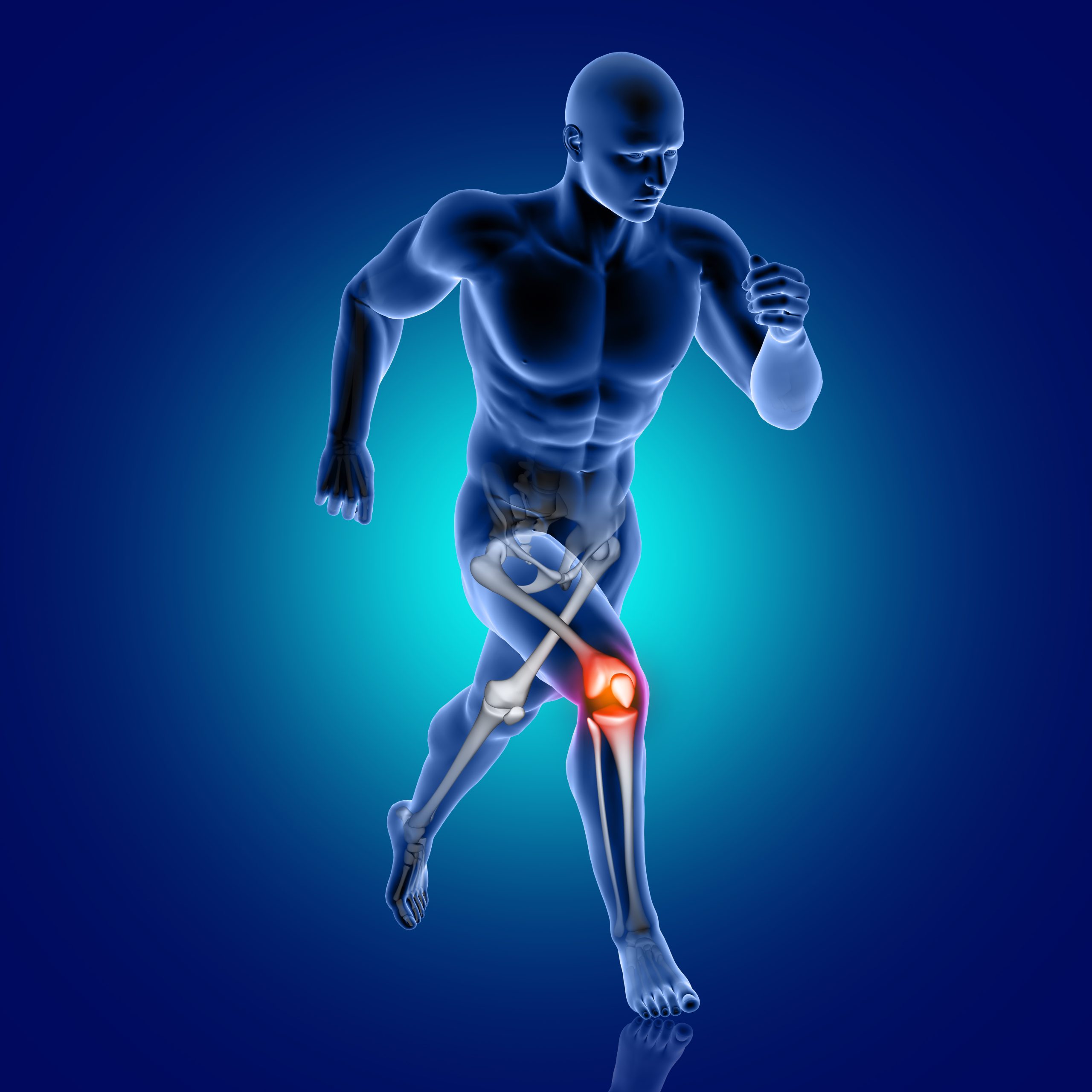Hand and wrist conditions encompass a wide range of injuries and disorders that can affect the functionality and mobility of these parts of the body. Here are some common hand and wrist conditions:
- Carpal Tunnel Syndrome: A condition caused by compression of the median nerve as it passes through the carpal tunnel in the wrist. It leads to numbness, tingling, and weakness in the hand.
- Tendinitis: Inflammation of the tendons in the hand or wrist due to overuse or repetitive motions. De Quervain’s tenosynovitis is a specific type affecting the tendons on the thumb side of the wrist.
- Trigger Finger: A condition where one of the fingers or thumb gets stuck in a bent position and may snap or pop when straightened.
- Arthritis: Osteoarthritis and rheumatoid arthritis can affect the joints in the hand and wrist, causing pain, swelling, and reduced mobility.
- Ganglion Cyst: A noncancerous lump that usually appears as a fluid-filled sac near a joint or tendon, often found on the back of the wrist.
- Dupuytren’s Contracture: A condition that causes the tissues beneath the skin of the hand to thicken and tighten, leading to fingers being pulled inward.
- Fractures: Broken bones in the hand or wrist can result from accidents, falls, or trauma.
- Sprains and Strains: Overstretching or tearing of ligaments (sprains) or muscles and tendons (strains) in the hand and wrist.
- Cubital Tunnel Syndrome: Compression of the ulnar nerve at the elbow, but symptoms can also radiate to the hand and fingers.
- Kienböck’s Disease: A rare condition where the blood supply to one of the small bones of the wrist (lunate) is disrupted, leading to bone damage.
- Hand and Wrist Tumors: Both benign and malignant tumors can occur in the hand and wrist.
- Intersection Syndrome: An overuse injury involving inflammation of the tendons at the back of the forearm, which can affect the wrist.
Treatment for hand and wrist conditions depends on the specific condition and its severity. It may include rest, physical therapy, medications, splints, injections, or surgery in some cases. If you suspect you have a hand or wrist condition, it’s essential to consult a medical professional for an accurate diagnosis and appropriate treatment plan.


No responses yet